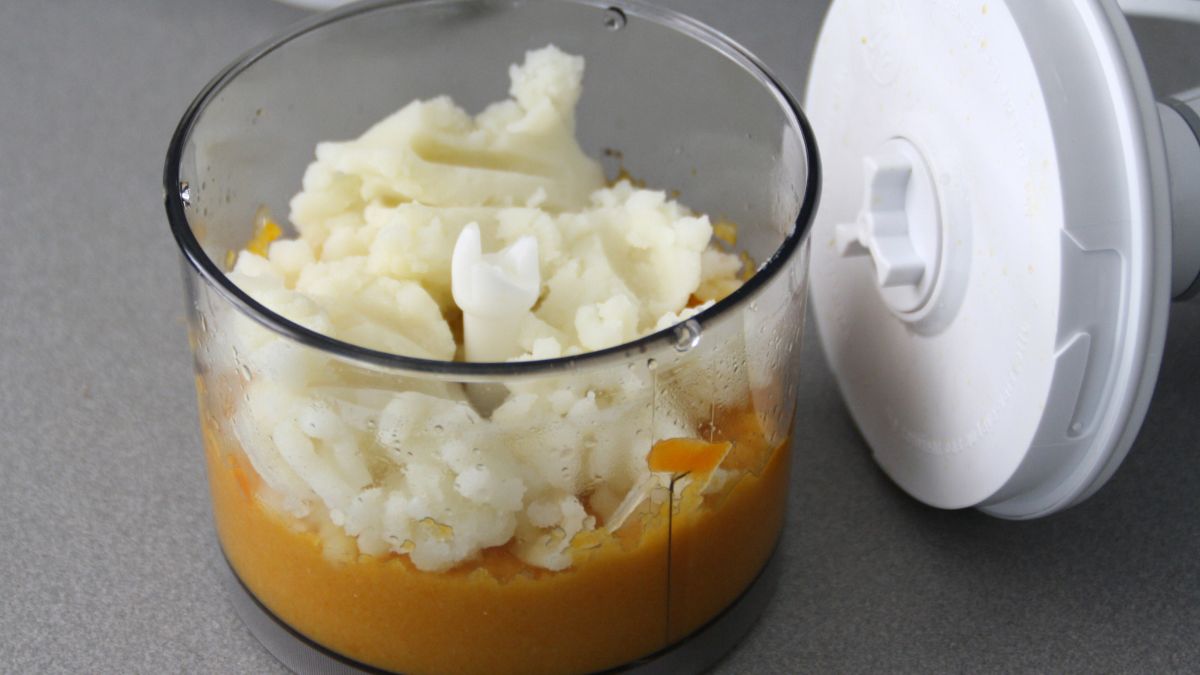

Articles
How To Puree Without A Food Processor
Modified: September 2, 2024
Learn how to easily puree ingredients without using a food processor in this informative article. Discover alternative methods for creating smooth and creamy textures.
(Many of the links in this article redirect to a specific reviewed product. Your purchase of these products through affiliate links helps to generate commission for Storables.com, at no extra cost. Learn more)
Introduction
Pureeing food is a versatile cooking technique that allows you to create smooth and creamy textures in your dishes. It is commonly used in recipes such as soups, sauces, baby food, and smoothies. While a food processor is a popular tool for pureeing, not everyone may have access to one. The good news is that there are alternative methods to achieve the same results without a food processor. In this article, we will explore five different methods to puree without a food processor, using commonly available tools and ingredients.
Key Takeaways:
- Pureeing without a food processor is possible and fun! Utilize blenders, mortar and pestles, forks, strainers, and hand mixers to achieve smooth and creamy textures in your recipes.
- Experiment with different methods and tools to find the perfect pureeing technique for your ingredients. Remember to have fun and get creative with your culinary creations!
Read more: How To Make Pesto Without A Food Processor
Tools and Ingredients Required
Before we dive into the methods, let’s take a look at the tools and ingredients you will need to puree without a food processor:
- A blender – This is the most common and versatile tool for pureeing without a food processor. It can be used for both large and small batches of food.
- A mortar and pestle – This traditional grinding tool is perfect for small batches of herbs, spices, and pastes.
- A fork or potato masher – These simple tools are great for mashing soft fruits and vegetables, such as bananas or avocados.
- A fine mesh strainer – This is useful for separating solids from liquids and creating a smooth puree.
- A hand mixer or immersion blender – These handheld tools are ideal for blending and pureeing in bowls or pots.
As for the ingredients, it will depend on the specific recipe you are working on. Some common ingredients for pureeing include cooked vegetables, fruits, legumes, and liquids such as broth, milk, or water. Keep in mind that the texture and taste of the final puree will vary based on the ingredients you choose.
Now that we have our tools and ingredients ready, let’s explore the different methods of pureeing without a food processor!
Method 1: Using a Blender
Using a blender is one of the easiest and most effective methods for pureeing without a food processor. Here’s how you can do it:
- Start by cutting your ingredients into small, manageable pieces. This will make it easier for the blender to process them smoothly.
- Add the ingredients to the blender and cover it with the lid.
- Pulse the blender a few times to break down the ingredients, then blend on high speed until you achieve a smooth puree.
- If the mixture is too thick, you can add a small amount of liquid, such as water or broth, to help facilitate the blending process.
- Once the desired consistency is reached, stop the blender and remove the puree from the container.
Remember to use caution when working with hot ingredients, as the blender can create steam pressure. Allow your ingredients to cool down slightly before blending.
Blenders are especially great for larger batch purees, as they have a larger capacity. They are also versatile enough to handle both soft and fibrous ingredients. However, keep in mind that blenders may not produce the same smoothness as a food processor, especially for tougher ingredients.
Experiment with different blending times and speeds to achieve your desired texture. If the puree is too thin, you can let it sit for a while or refrigerate it to thicken up.
Now that you know how to puree using a blender, let’s move on to the next method!
Method 2: Using a Mortar and Pestle
If you don’t have a food processor or a blender, don’t worry! You can still achieve a smooth puree using a mortar and pestle. Here’s how:
- Start by chopping your ingredients into small pieces to make the grinding process easier.
- Add a small amount of the ingredients to the mortar.
- Using the pestle, begin grinding the ingredients in a circular motion, applying gentle pressure. Keep grinding until the ingredients break down and form a paste-like consistency.
- Continue adding more ingredients to the mortar in small batches and grinding until all the ingredients are pureed.
This method is particularly suitable for small quantities of herbs, spices, or pastes that require a finer texture. It allows you to have better control over the smoothness of the puree.
While this method may take longer compared to using a food processor or blender, it can be quite therapeutic and gives you a deeper connection to the ingredients you are using.
Remember to clean your mortar and pestle thoroughly after each use to avoid cross-contamination of flavors and aromas.
Now that you know how to use a mortar and pestle to puree, let’s move on to another method!
Method 3: Using a Fork or Potato Masher
If you’re looking for a simple and hands-on method to puree without a food processor, using a fork or potato masher is a great option. Here’s how you can do it:
- Place the desired ingredients in a bowl or on a cutting board.
- Using a fork or potato masher, begin mashing the ingredients in a repetitive motion. Apply firm pressure and continue mashing until the ingredients start to break down and form a puree-like consistency.
- If the puree is still chunky, you can continue mashing until you achieve the desired texture.
This method is ideal for soft fruits, such as bananas or avocados, and cooked vegetables that are already tender. It may not work as well on tougher or fibrous ingredients.
Using a fork or potato masher allows you to have more control over the texture of the puree. You can adjust the amount of mashing depending on how chunky or smooth you prefer it to be.
Clean the fork or potato masher thoroughly after use to remove any leftover food particles.
Now that you know how to puree using a fork or potato masher, let’s move on to the next method!
Use a blender or immersion blender to puree without a food processor. Cook the ingredients until soft, then blend until smooth. Add liquid as needed for desired consistency.
Read more: How To Crush Oreos Without Food Processor
Method 4: Using a Fine Mesh Strainer
If you’re working with ingredients that have a lot of seeds, fibers, or skins that you want to remove, using a fine mesh strainer is a great method to achieve a smooth puree. Here’s how you can do it:
- Start by cooking or steaming your ingredients until they are soft and easily mashable.
- Transfer the cooked ingredients to a bowl or container.
- Using a fork or a spoon, mash the ingredients until they form a chunky puree.
- Place a fine mesh strainer over another bowl or container.
- Pour the mashed mixture into the strainer and use the back of the spoon to press the puree through the mesh.
- Continue pressing and scraping until only the seeds, fibers, and skins are left behind in the strainer.
This method is especially useful for creating smooth and seedless purees, such as tomato or berry sauces. It helps to remove any unwanted texture and create a silky consistency.
Make sure to scrape the underside of the strainer to extract all the puree. You can use the back of a spoon or spatula to help with this process.
If necessary, you can pass the strained puree through the strainer a second time to achieve an even smoother texture.
Now that you know how to puree using a fine mesh strainer, let’s move on to the final method!
Method 5: Using a Hand Mixer or Immersion Blender
If you have a hand mixer or immersion blender on hand, you have another efficient method for pureeing without a food processor. Here’s how you can do it:
- Add your ingredients to a deep bowl or pot.
- Place the hand mixer or immersion blender directly into the bowl or pot, ensuring it is fully submerged.
- Starting at a low speed, blend the ingredients by moving the hand mixer or immersion blender in an up-and-down or circular motion. Gradually increase the speed as needed.
- Continue blending until the ingredients are fully pureed and reach the desired consistency.
This method is particularly convenient for blending and pureeing ingredients directly in large batches of soup, sauce, or other liquid-based recipes. It eliminates the need for transferring the mixture to a separate container for blending.
Make sure to keep the hand mixer or immersion blender fully submerged in the mixture to avoid splattering.
Clean the hand mixer or immersion blender thoroughly after use to remove any residual food particles.
Now that you know how to puree using a hand mixer or immersion blender, let’s move on to some tips and tricks to enhance your pureeing experience!
Tips and Tricks
Here are some tips and tricks to make your pureeing experience even better:
- Cut your ingredients into small, uniform pieces before pureeing to ensure even blending and quicker processing.
- If you want a smoother puree, pass it through a fine sieve or cheesecloth to remove any remaining lumps or fibers.
- For added flavor, season your puree with herbs, spices, or seasoning blends according to your taste preferences.
- If your puree is too thick, you can thin it out with a small amount of liquid, such as water, broth, or milk.
- Experiment with different combinations of ingredients to create unique and flavorful purees.
- Use a spatula or scraper to scrape down the sides of the blending container to ensure all the ingredients are evenly processed.
- For smoother and creamier textures, you can add ingredients like cream, butter, or olive oil while pureeing.
- If you don’t have a fine mesh strainer, you can use a cheesecloth or nut milk bag to strain your puree and achieve a smoother consistency.
- Be cautious when working with hot ingredients. Allow them to cool slightly before pureeing to avoid steam pressure buildup in the blender or other tools.
- Clean your tools and equipment thoroughly after each use to maintain their performance and prevent cross-contamination.
Remember, practice makes perfect when it comes to pureeing without a food processor. Don’t be afraid to experiment and find the methods and techniques that work best for you and your desired results.
Now that we have explored various methods and tips for pureeing without a food processor, you can confidently create delicious and smooth purees for your favorite recipes!
Conclusion
Pureeing without a food processor is not only possible, but it can also be a fun and creative process. By utilizing alternative methods and tools such as blenders, mortars and pestles, forks or potato mashers, fine mesh strainers, and hand mixers/immersion blenders, you can achieve smooth and creamy purees for a variety of recipes.
Whether you’re making soups, sauces, baby food, or smoothies, these methods provide you with flexibility and convenience, even if you don’t have access to a food processor. Each method has its own unique advantages, allowing you to adapt based on the ingredients you have and the texture you desire.
Remember to take into consideration the nature of your ingredients and adjust the techniques and equipment accordingly. Cutting ingredients into small pieces, adding liquids if necessary, and using different blending techniques can all contribute to the success of your pureeing process.
Additionally, incorporating tips and tricks such as seasoning, straining, and experimenting with flavors will help elevate your purees to new levels of deliciousness.
By being resourceful and creative, you can achieve the same smooth and creamy textures as a food processor, all while adding a personal touch to your culinary creations.
So, the next time you find yourself without a food processor, don’t worry. With these methods and techniques at your disposal, you can confidently puree your way to culinary success!
Frequently Asked Questions about How To Puree Without A Food Processor
Was this page helpful?
At Storables.com, we guarantee accurate and reliable information. Our content, validated by Expert Board Contributors, is crafted following stringent Editorial Policies. We're committed to providing you with well-researched, expert-backed insights for all your informational needs.
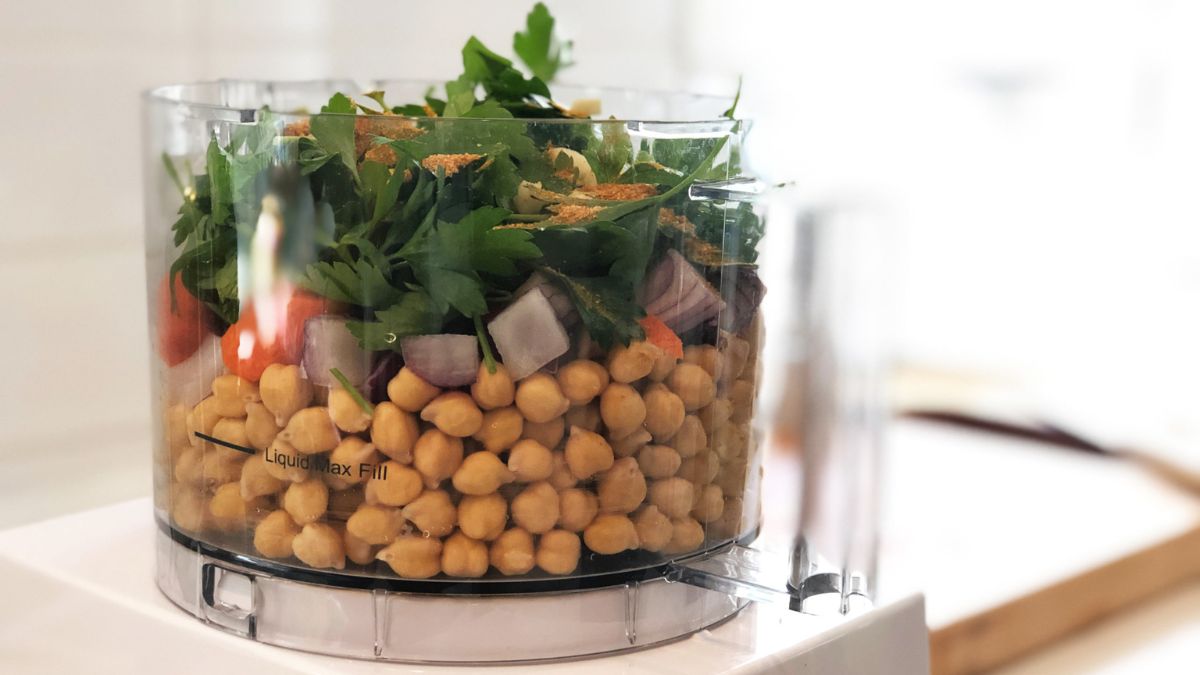
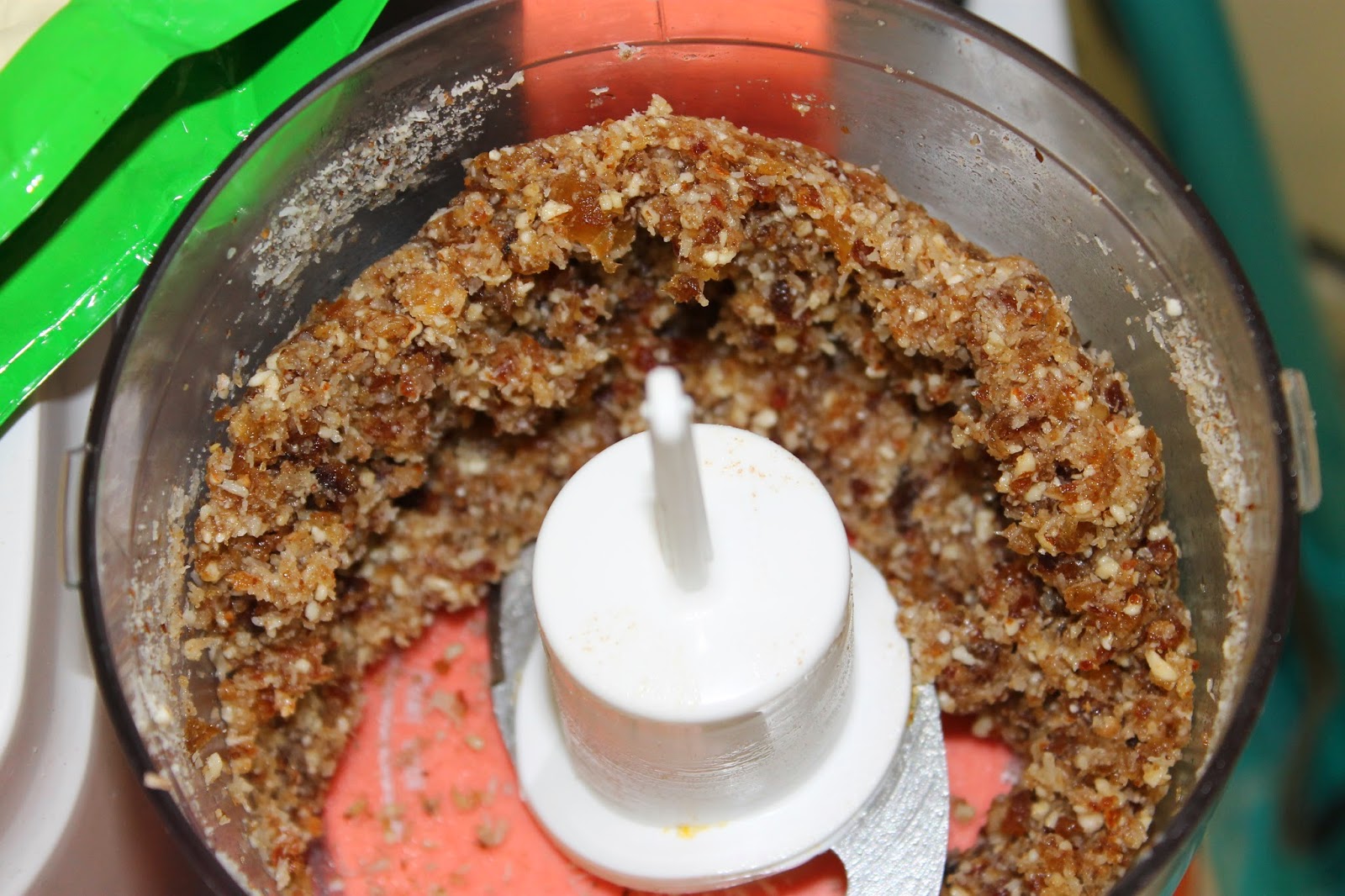
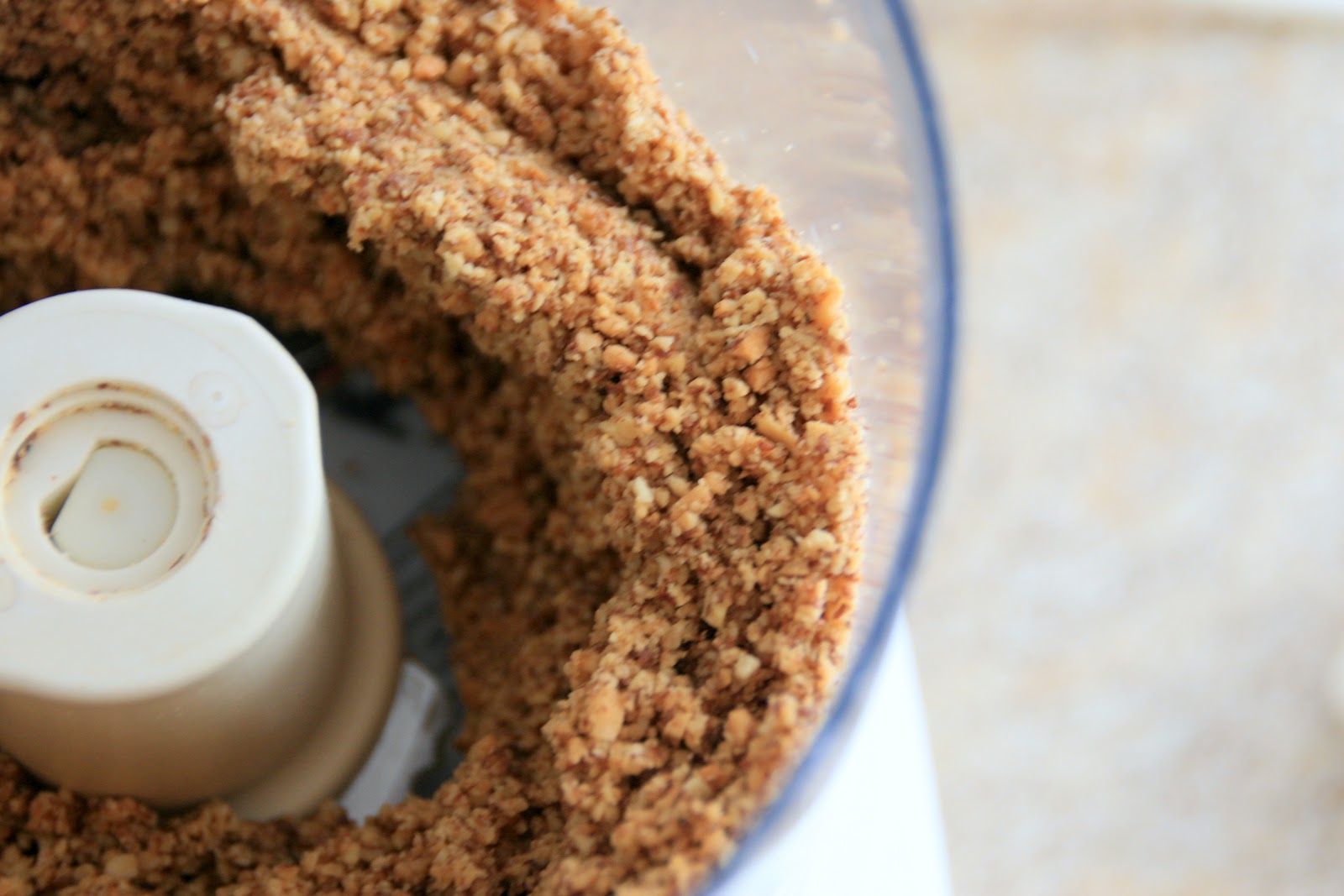
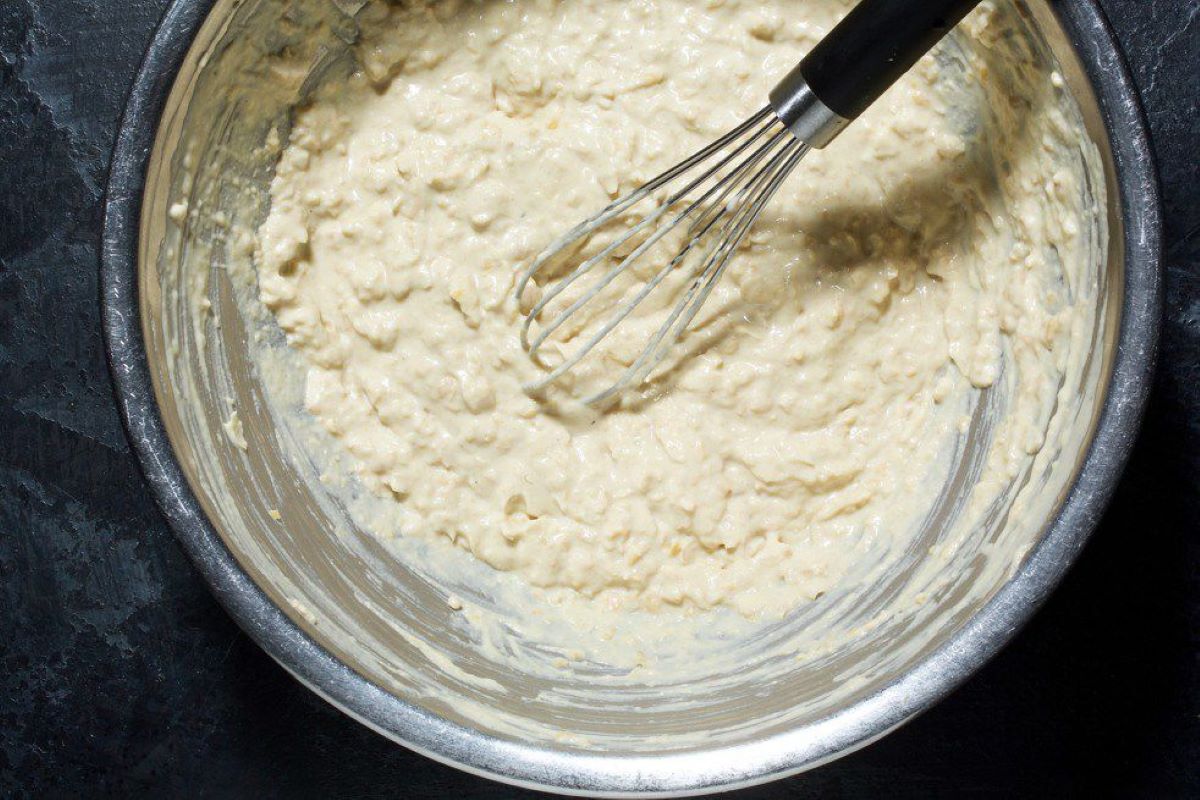
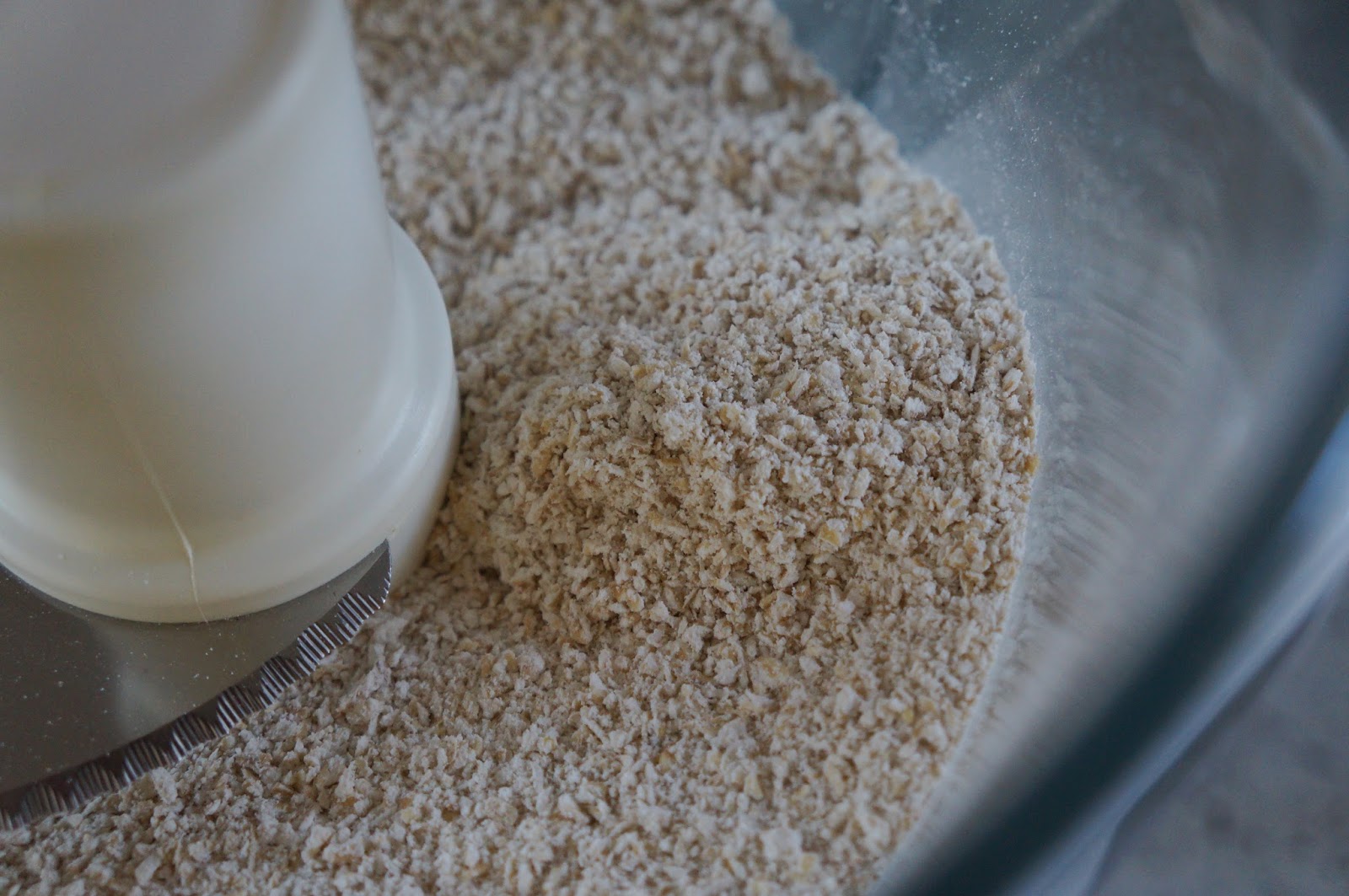
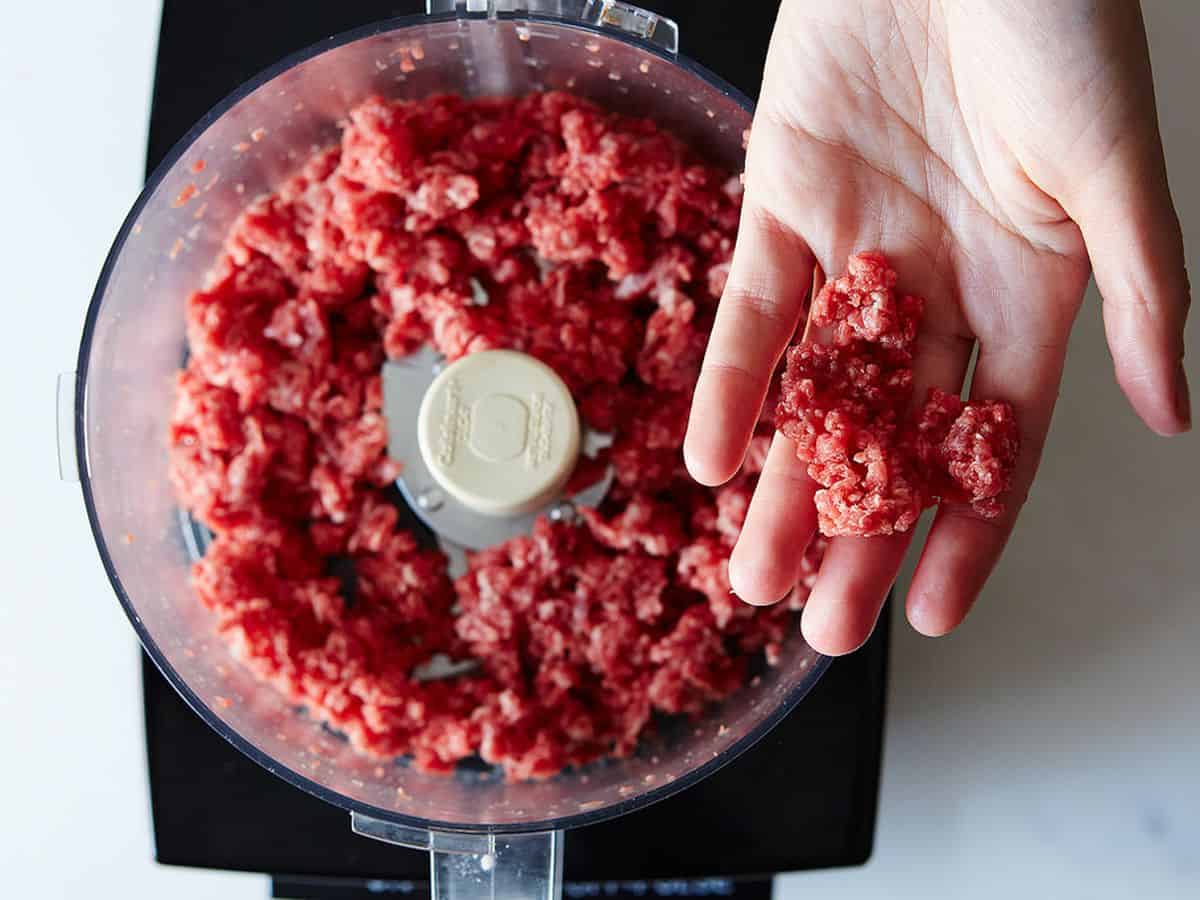
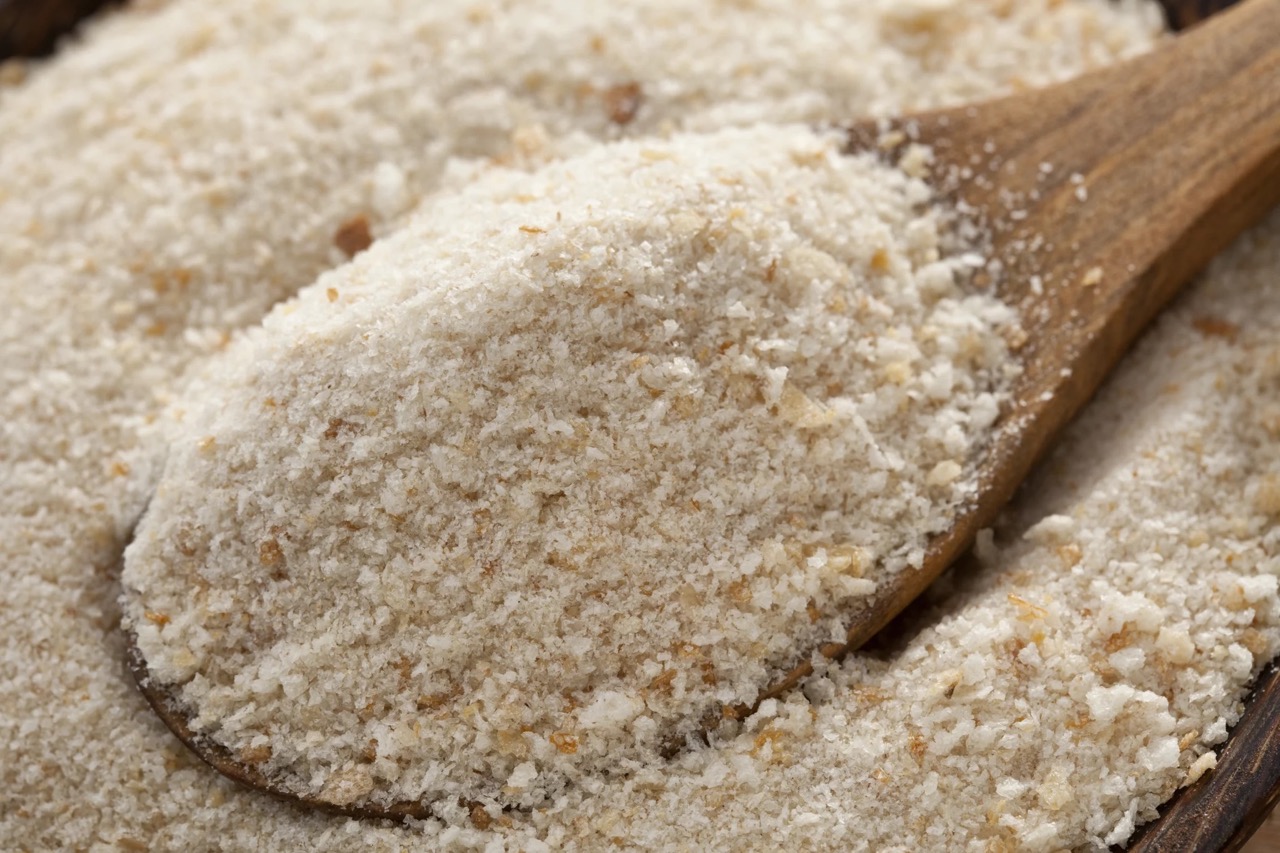
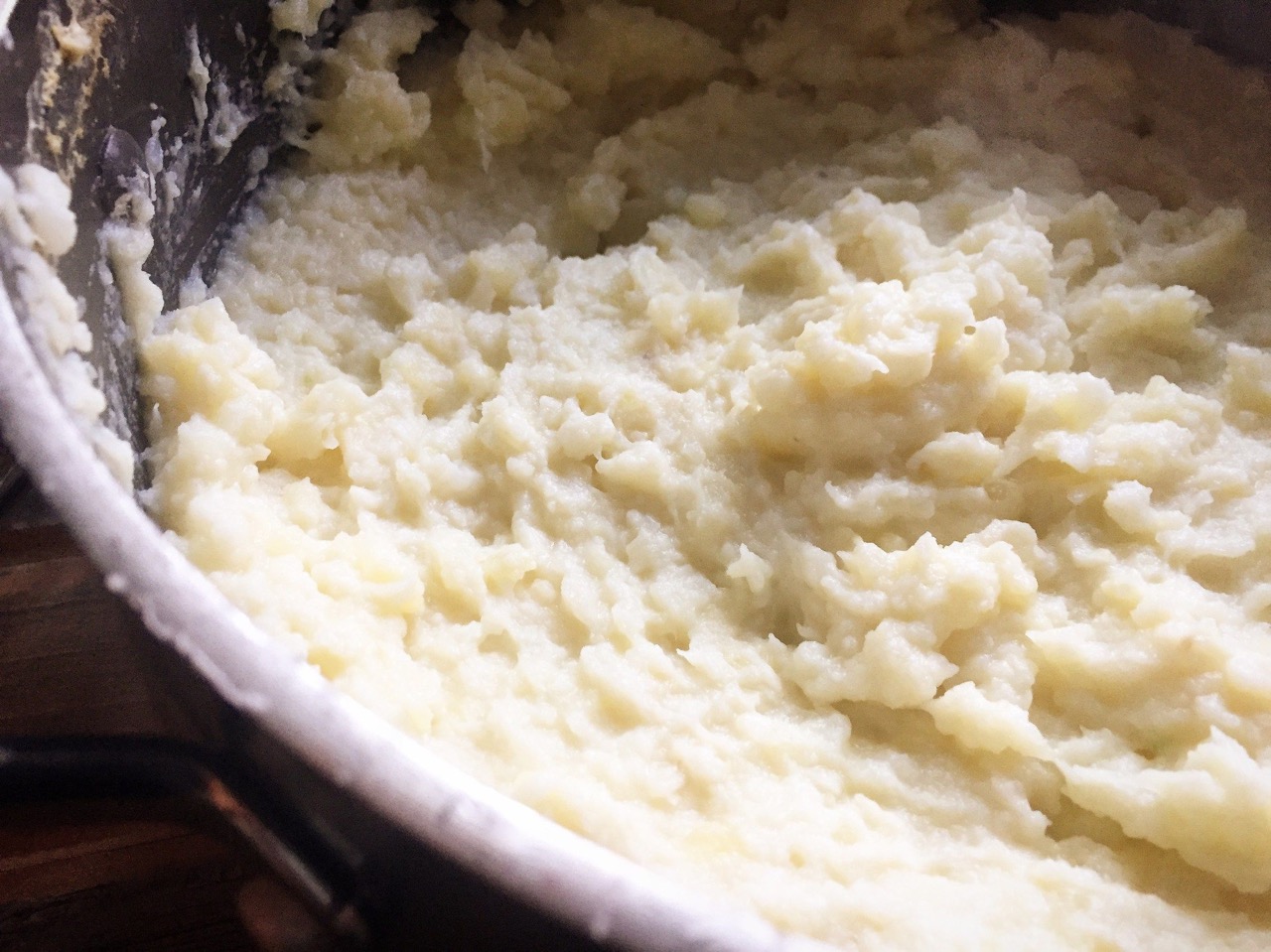
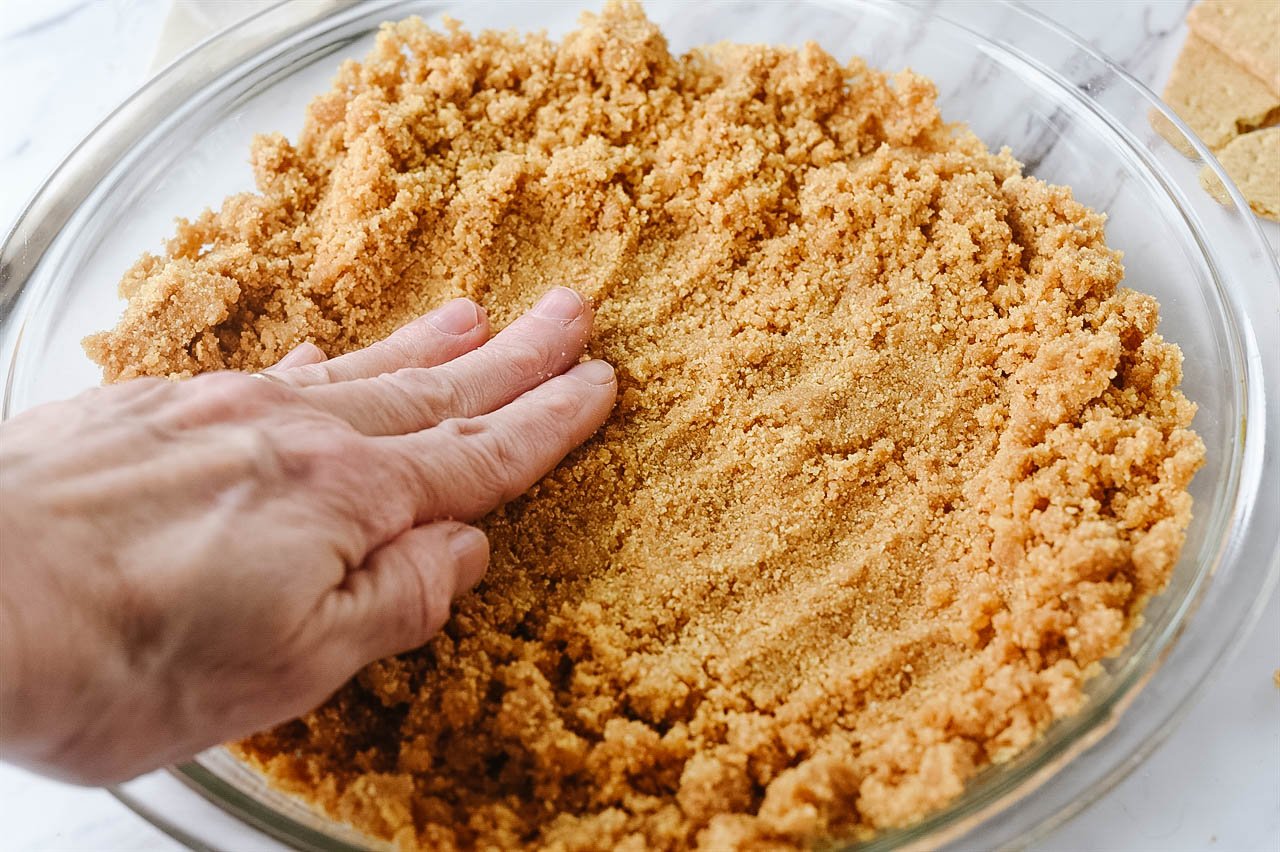
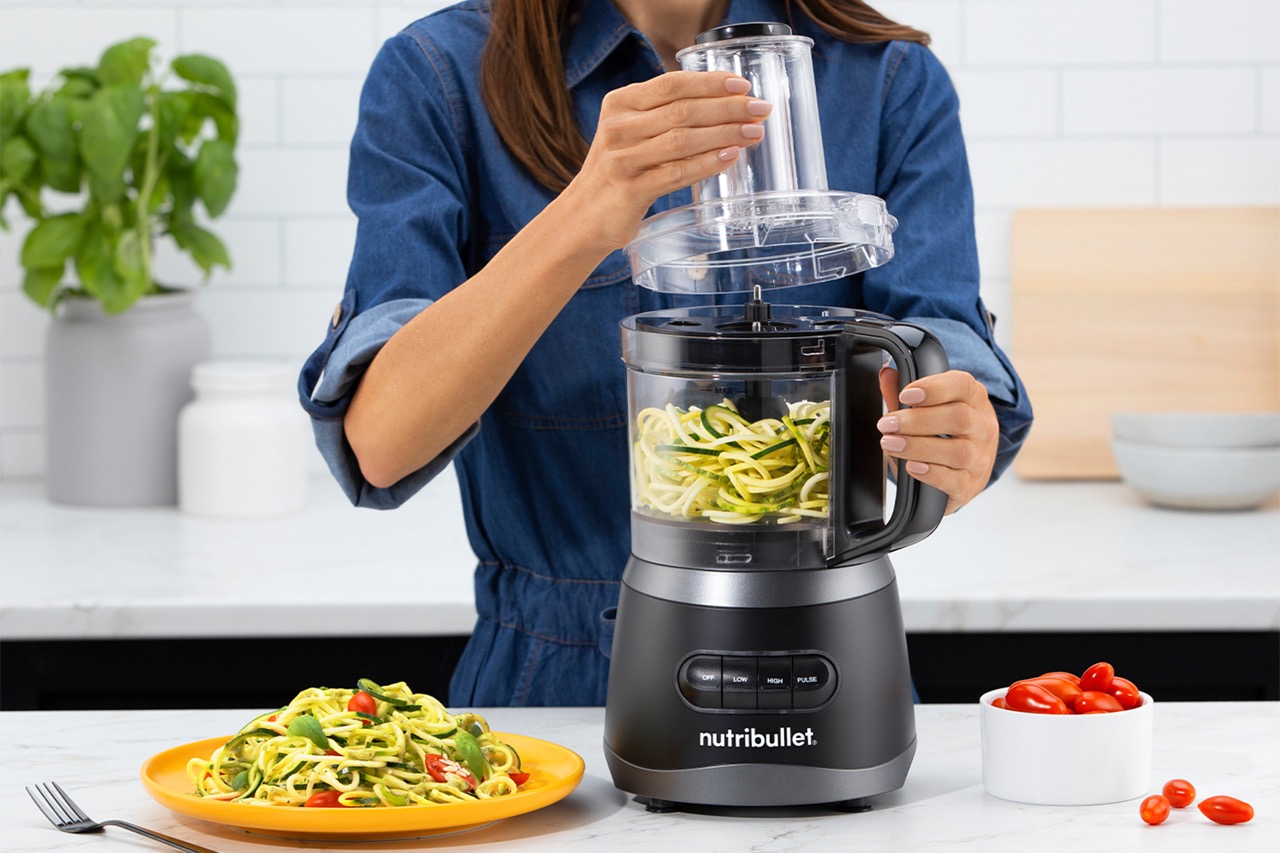
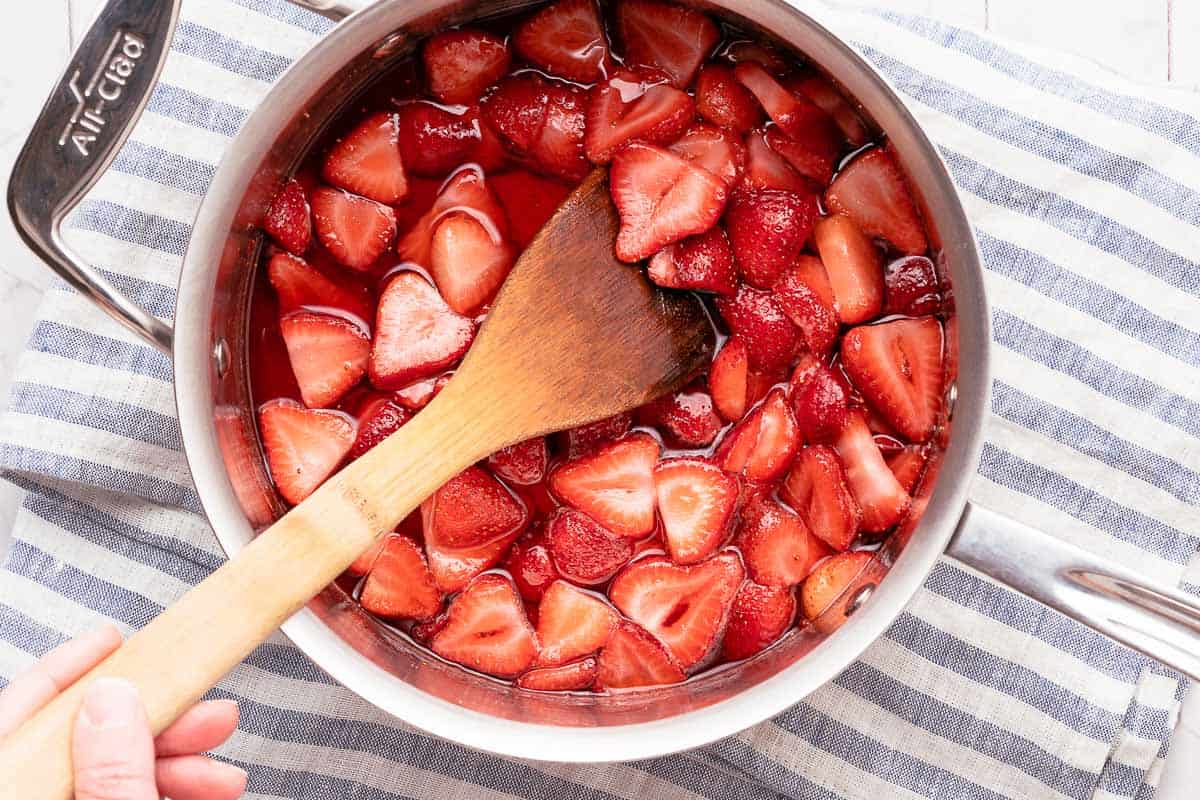
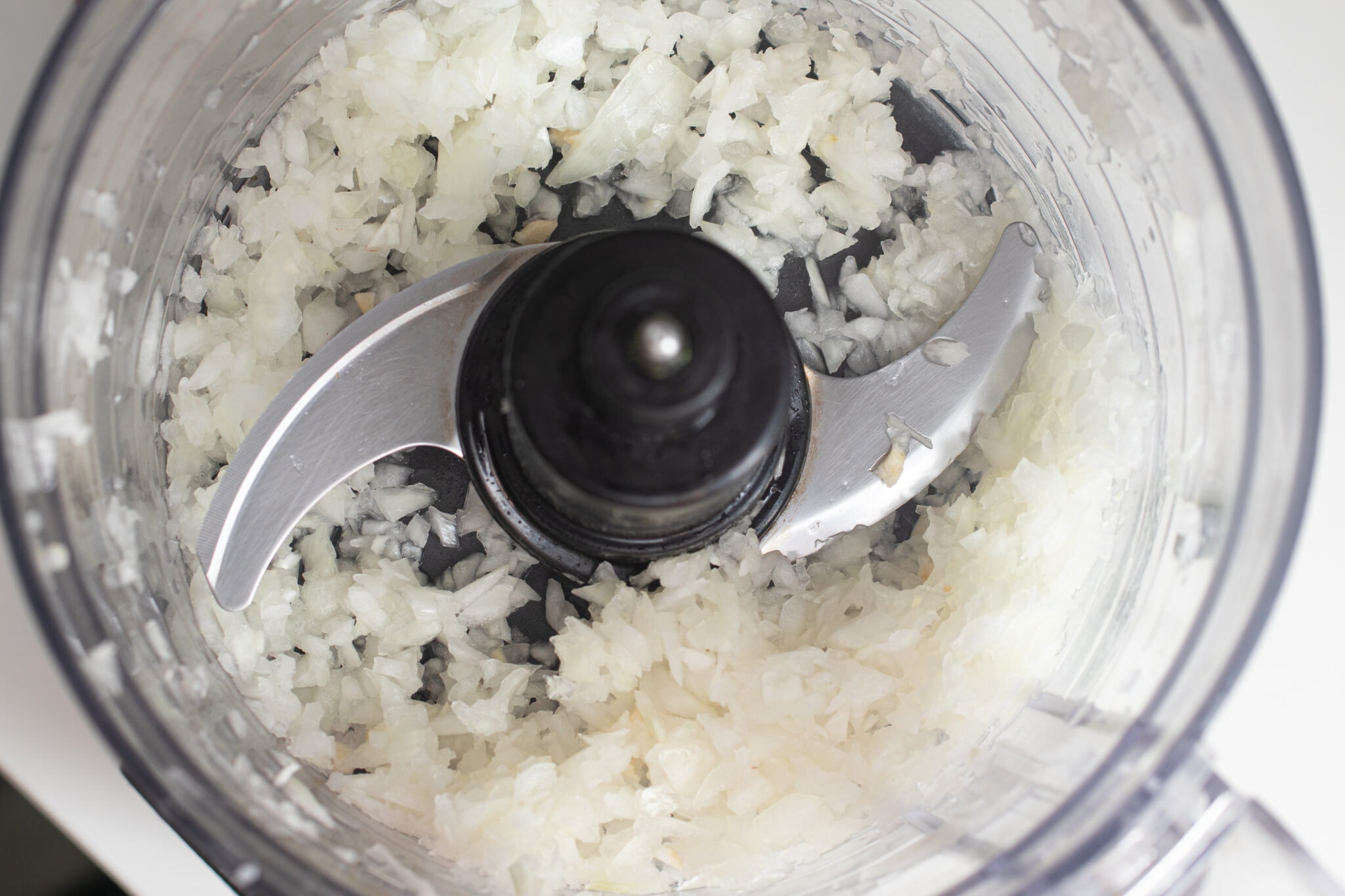
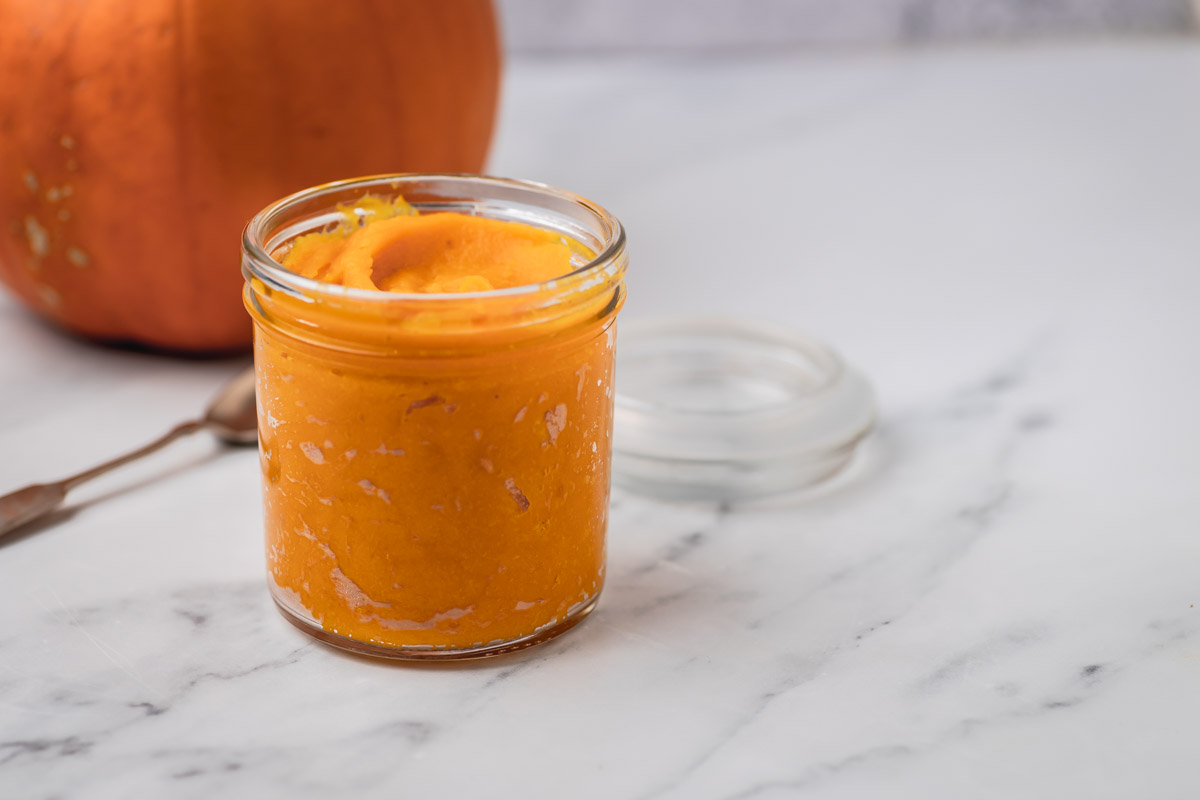
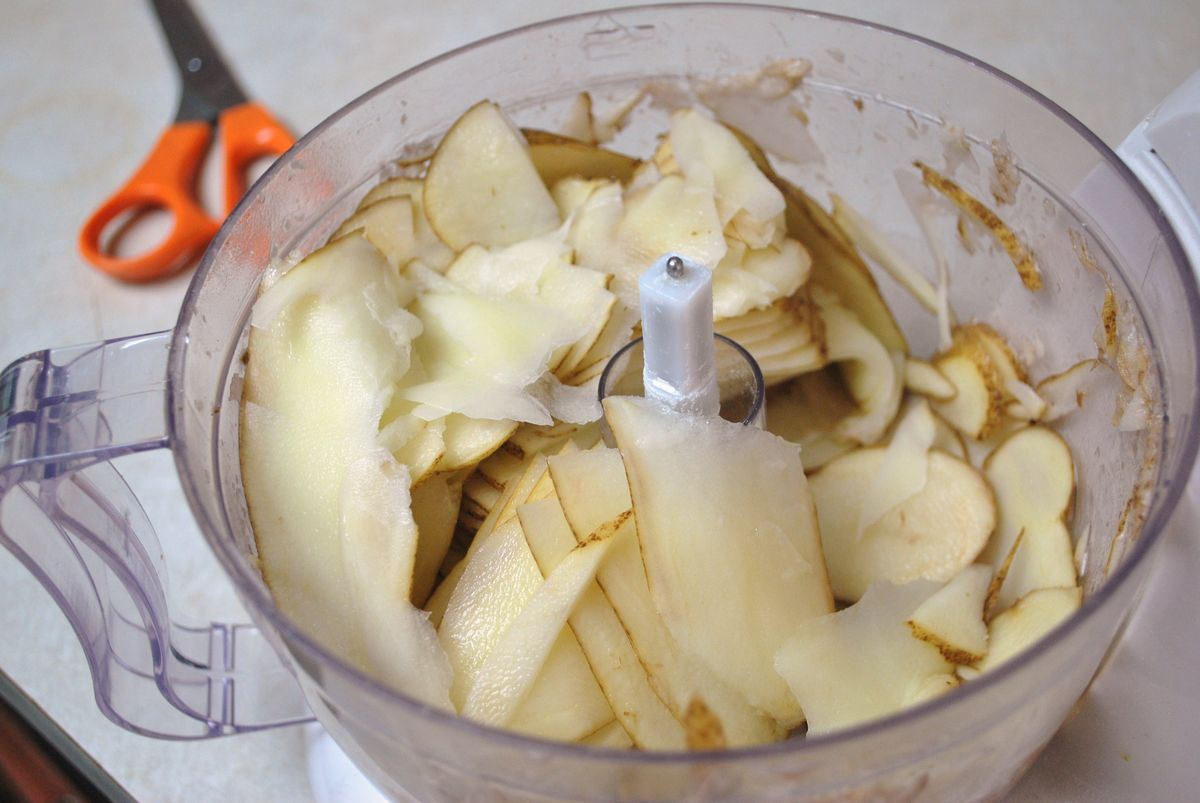

0 thoughts on “How To Puree Without A Food Processor”